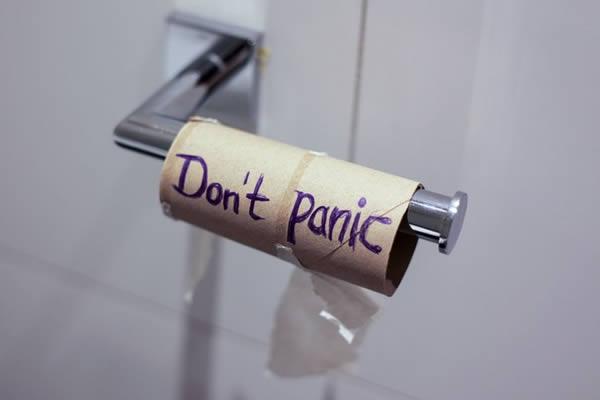
Yes, Physical Therapy for Urinary Incontinence is a Thing
Urinary Incontinence Under the Radar: Part 1
November is Bladder Health Awareness month, and Femina PT would like to shine light on something that tends to go understated, unaddressed, brushed off as “normal”: urinary incontinence. This blog series focuses on the various effects that urinary incontinence (or UI) leaves on an individual’s life, and how conservative physical therapy treatment can help combat them. Lucky for you, reader, we love to talk about it.
The story goes like this – urinary incontinence is thought to be something expected with getting older, or something that occurs during pregnancy or as a result of delivery. Because of the embarrassment and shame that surrounds such issues, patients often don’t share these problems with their provider. Or worse, if they do share, they may be dismissed as their symptoms being a normal consequence of their stage of life. There is also a lack of awareness for conservative treatments such as pelvic floor physical therapy for these issues. Patients may fear surgery, medication, routine visits, and avoid talking about it all together. However, pelvic floor physical therapy for urinary incontinence can save patients time, money, and psychological distress. The numbers speak for themselves. Up to 45% of adults with bladder control problems fail to seek care.
There are also high correlations with other health conditions, where urinary incontinence is lurking in the background. 78% of women reporting to a physical therapy clinic with chief complaints of low back pain also had urinary incontinence. One study found that older women are less likely to report urinary incontinence symptoms to a provider, and the elderly are the most at risk for the negative sequelae that typically follows. Another study found that providers do not commonly ask elderly patients about urinary incontinence, possibly due to the many pressing comorbidities physicians treat in addition to this. Yet, this continues to be a common problem for many people. When left untreated, the long term effects add up to big problems along the way.
Hot take: Urinary incontinence is not an expected part of aging!
Let’s set the record straight from the start. Urinary incontinence is not a natural part of aging and you do not have to live with it in privacy and isolation. Common does not equal normal. It’s time to leave this old way of thinking behind, and be proactive about maintaining bladder health throughout our entire healthspan, not just as we age to avoid the expensive and complex health care timeline that many face. This is an issue for many of us and it is time we start talking about it.
This should be made a priority by the health care system, the patients and patients’ families that deal with it. There is a clear financial burden on the patient, and on the health care system. Costs of medical treatment, medication, complications such as infection, routine care, diagnosis and evaluations and absorbent pads, etc. add up to an impressive annual cost of an estimated $16.3 billion dollars. Those are some fancy adult diapers.
Research finds that urinary incontinence is a major reason why individuals get transferred to a skilled nursing facility. This condition puts a considerable burden on caregivers, and many cannot provide the full care for their husband, wife, parent or other family member. Unfortunately, merely being in a nursing home holds a host of risk factors that contribute to increased morbidity and mortality in these populations. There is a significant positive association between caregiver burden and incontinent patients, often times the “last straw” before admission into a nursing home. Although nursing homes provide quality care to the geriatric population, it is expensive, isolating, and poses the risk of delirium, falls, pressure ulcers, and abuse.
These problems are devastating, and so are the secondary effects of urinary incontinence. We’ll go into details on that in next week’s post that continues this discussion of physical therapy for urinary incontinence.
If you can’t wait to meet us in the meantime, just reach out and we’d love to get you scheduled with one of our doctors.
